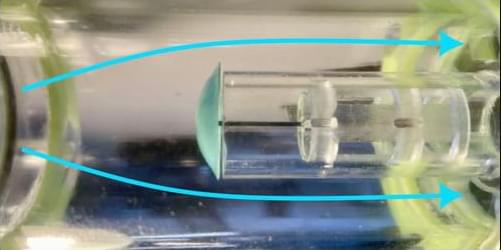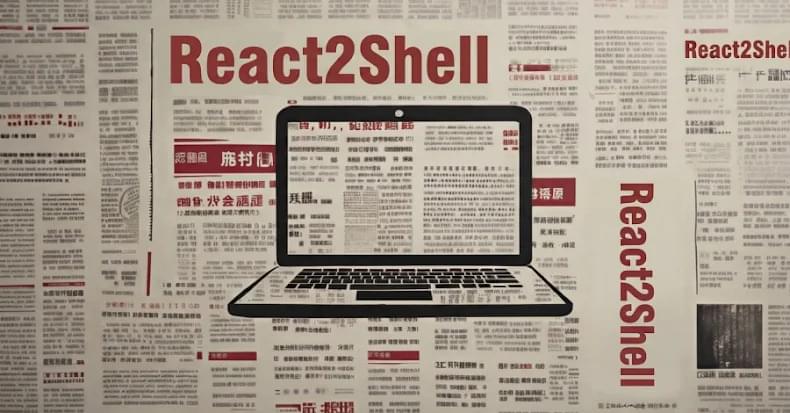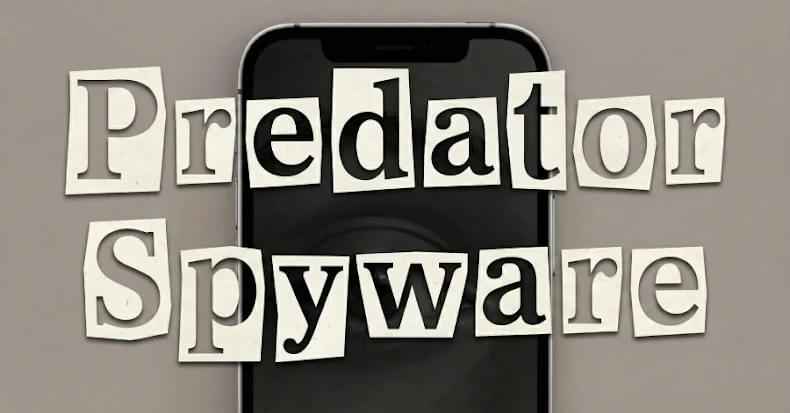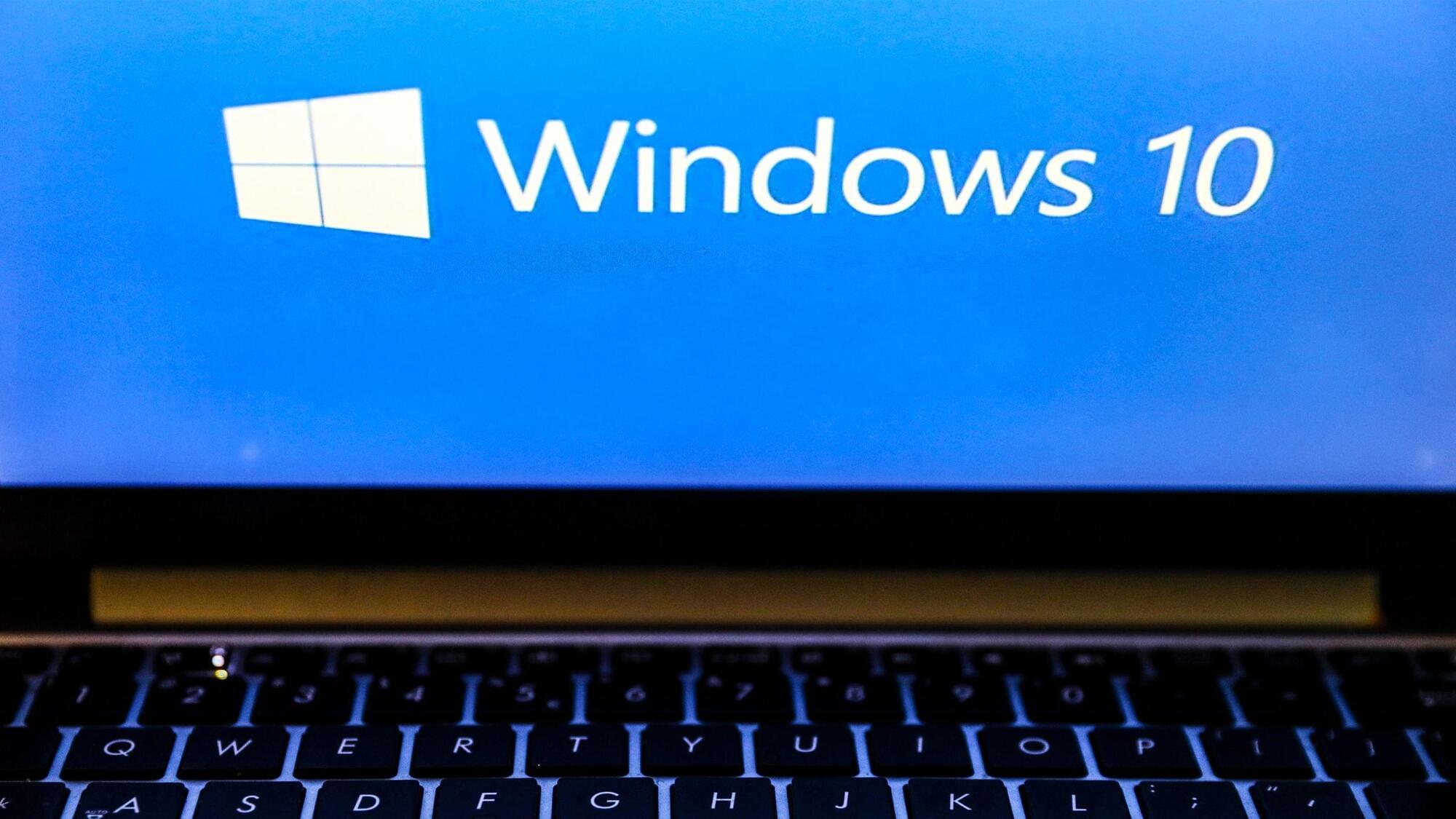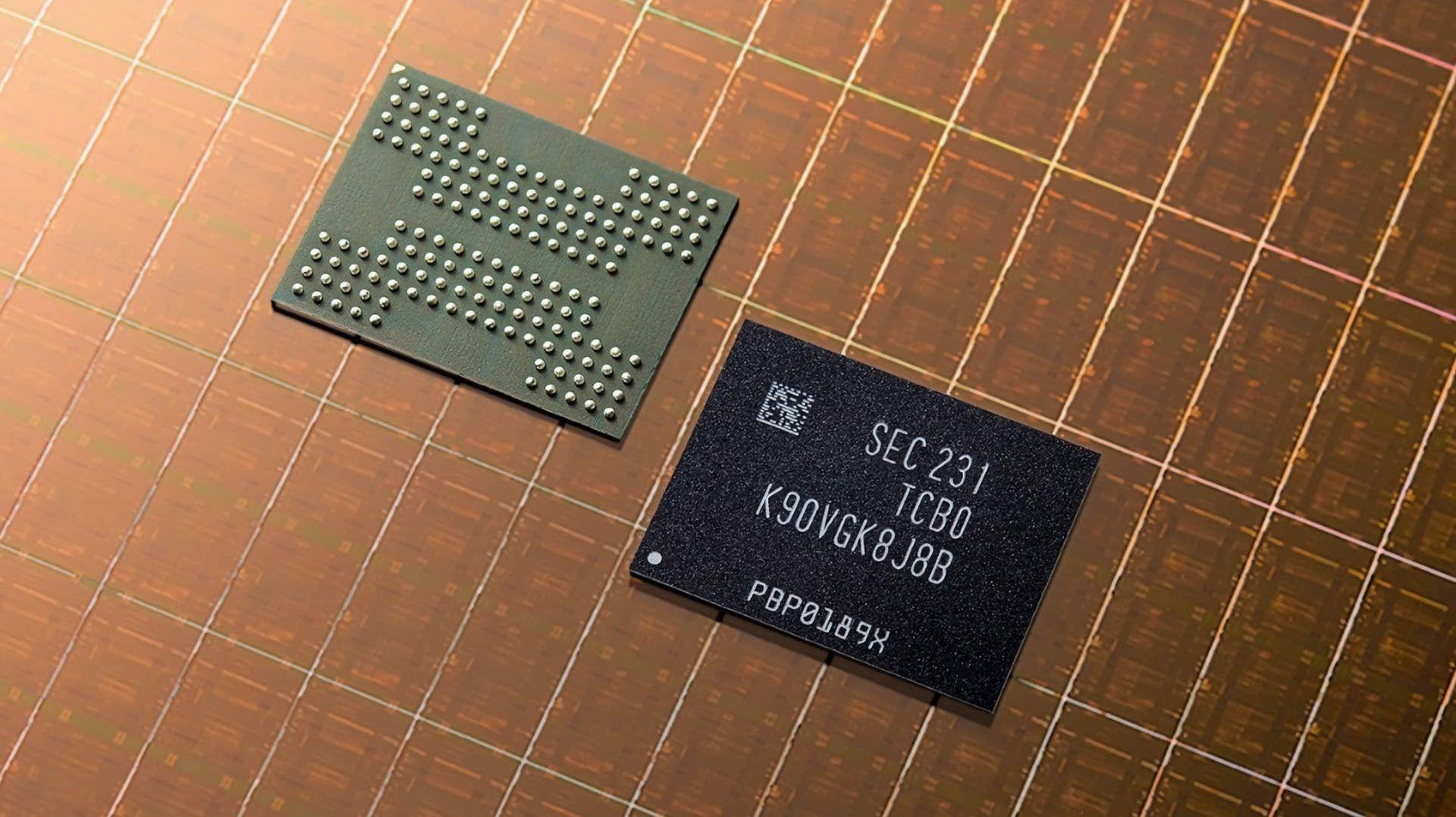Summary: Time doesn’t flow uniformly across the solar system, and new research reveals just how differently it unfolds on Mars compared with Earth. By tracing subtle gravitational and orbital influences, scientists have uncovered variations in the pace of Martian time that could become crucial for future navigation and communication far from home.
NIST physicists have precisely calculated how Martian time subtly speeds up and slows down, revealing a daily drift that changes with the planet’s shifting orbit.
Ask someone on Earth for the time and you will get an exact answer, largely because our planet relies on a sophisticated network of atomic clocks, GPS satellites, and rapid communication systems.


